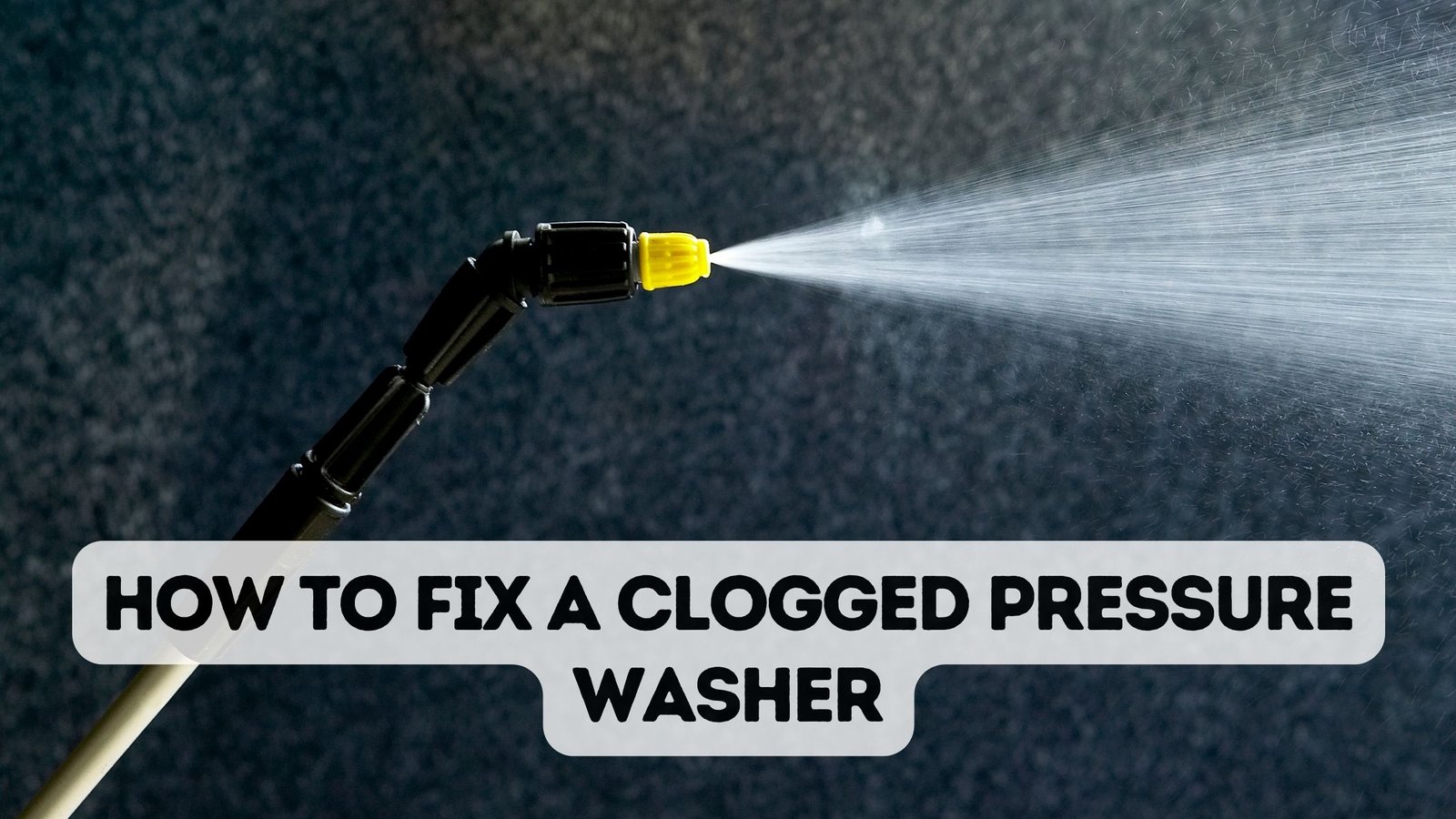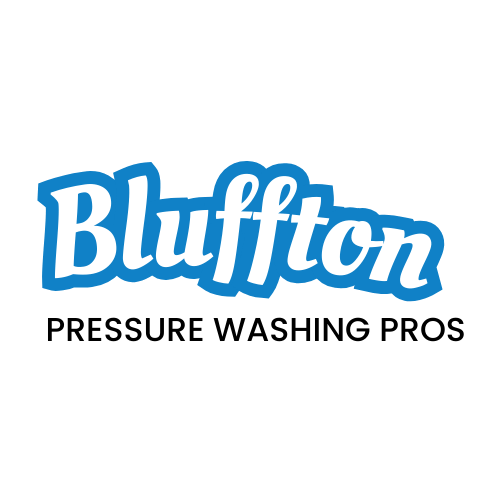
A pressure washer clogged nozzle should be cleaned from time to time for better performance and it increases the lifespan of both the pressure washer and nozzle by reducing the strain on the pump. The cleaning procedure of the nozzle begins with a proper analysis of the wand valve and trigger by releasing any remaining pressure.
If you find any blockages in the nozzle a proper inspection and thorough cleaning of the nozzle is crucial. The steps to be taken are.
- Remove the nozzle carefully without causing any harm to it.
- Clean away any debris or dust stuck in it.
- The components of the nozzle should be rinsed properly.
- Reattach the components carefully.
If you use this method then the results would be excellent and fix your issue. Follow all these steps carefully as these steps play an important role in cleaning the components contact Bluffton Pressure Washing Pros for further help and detailed guidance related to any pressure washing maintenance and help.
Diagnosing The Issue
If the pressure washer is not spraying the water properly or does not even spray from the wand. Find the root cause of the problem by carefully inspecting the pressure washer and nozzle.
- The first step would be you check the wand valve and trigger and check if they are working properly.
- Detach the wand to release the built-up pressure.
- Examine the hose properly to check for any kind of damage or leakage that is slowing down the water supply or completely cutting it off.
- Turn on the pressure to see if its working properly, building up pressure, or spraying the water correctly.
By following all of these steps correctly you will safely find the main issue and further fix it.
Also Read:
Fixing a Leaky Electric Pressure Washer
Identifying The Problem
- Start by checking the nozzle if there is any clog for example sand or grit etc. That has blocked the nozzle.
- Softly remove the nozzle without causing any damage to it.
Sometimes soap or detergent solution gets solidified in the nozzle and stops the water supply from getting through the nozzle, so check for this also and do what needs to be done to fix it.
Cleaning The Nozzle
- Detach the nozzle from the wand patiently.
- With the help of a wrench remove the nozzle from the wand but in such a way that it does not damage the nozzle.
- After detaching the nozzle use a torch to look through for dirt, debris, and corrosion, to remove corrosion soak the nozzle in vinegar.
- To clean the nozzle use a wire or a needle to remove any kind of dirt and debris in there but make sure it does not damage it.
- Rinse the nozzle thoroughly to remove the dirt or scrub it with a brush for proper cleaning.
After doing all this scrub the nozzle with a dry cloth to remove all the water from the nozzle or use a dryer. This also won’t cause any rust to the nozzle in the future.
Reassembling The Nozzle
- Attach all the disassembled components carefully while keeping in mind that all of them are attached correctly.
- Make sure that the internal parts of the nozzle are also attached and fitted correctly in their true position.
- The nozzle should be properly and carefully screwed back into the wand to avoid any kind of damage.
- Check again that all the components are put back in their place properly and safely so that they do not cause any damage or problems in the future.
Make sure that you do not miss any components like small parts to screw back and recheck for top-notch performance of the pressure washer.
Testing The Pressure Washer
- Turn on the pressure washer and watch the water flow from the nozzle do this in a safe and sound atmosphere to avoid any electrocution.
- Watch the speed and the power of the water flow if it is up to the mark then the problem is resolved.
- Make sure there are no leaks or wand connections for proper working of the pressure washer and nozzle.
- If the nozzle and the pressure washer both are working fine without any issues and the water is spraying out perfectly then your problem is resolved. If you face any issue further recheck all the components for clogs or any other issue.
Do not forget to wear safety gear and do follow the guidelines mentioned by the manufacturer, so that you do not face any severe accidents while performing the diagnostic method.
